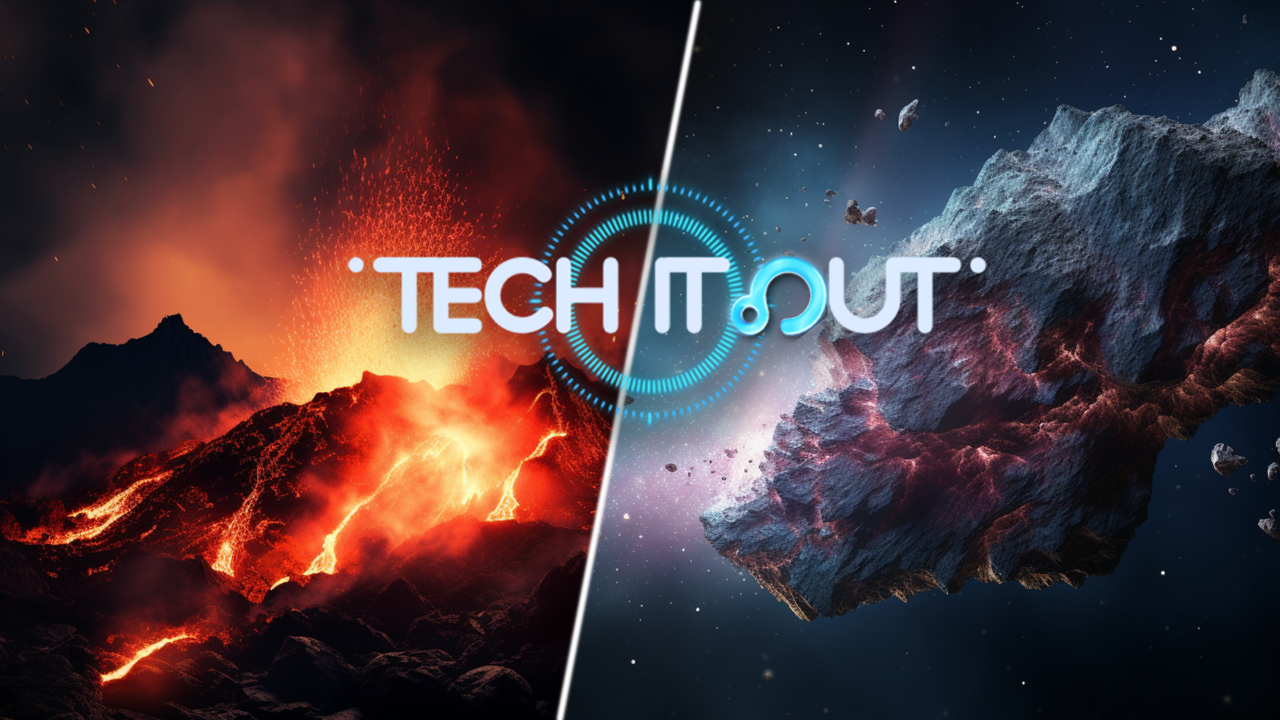Sci-Sat: Lunar Volcanoes, Boeing Spacecraft, and Colliding Galaxies
Discover the latest from Sci-Sat, featuring intriguing topics such as "volcanoes on the moon," Boeing's advancements in spacecraft technology, and the fascinating phenomenon of "merging galaxies."

Discovering a new and mysterious exoplanet
Researchers in Sweden have identified a new exoplanet dubbed TOI-1408, which is situated roughly 455 light-years away from our planet. TOI-1408, despite its similar solar temperature, has a notably uneven orbit that unpredictably alters its trajectory, described by observers as a "rhythmic dance" during its transit across its star. Finding such a minor planet in proximity to a star and a gas giant is not common and presents a valuable opportunity to delve into the origins of planetary systems and to advance the search for other potentially habitable planets.
Boeing’s spacecraft completes its journey
The Starliner spacecraft, developed by Boeing, has successfully landed in New Mexico without any crew on board. Astronauts Butch Wilmore and Suni Williams were originally slated to return after an eight-day mission that began in June aboard the Starliner. However, due to unforeseen technical problems, their stay at the International Space Station has been extended until February 2025. NASA supported the decision to return the Starliner uncrewed, emphasizing that this mission was crucial as a final test flight before clearing Boeing's spacecraft for regular operational use.
A glimpse into the cosmic past
An international collaboration of astronomers has recently observed two galaxies in the midst of merging from a staggering 12.8 billion years in the past. These galaxies, abundant in gas, are on the brink of a merger expected to significantly increase star formation rates and enhance quasar activity. This imminent cosmic event is poised to result in the formation of a gargantuan galaxy, known as one of the brightest entities in the cosmos. Such findings are vital, as they offer insights into the early stages of galaxy and black hole evolution.
Thomas Evans for TROIB News
Discover more Science and Technology news updates in TROIB Sci-Tech












